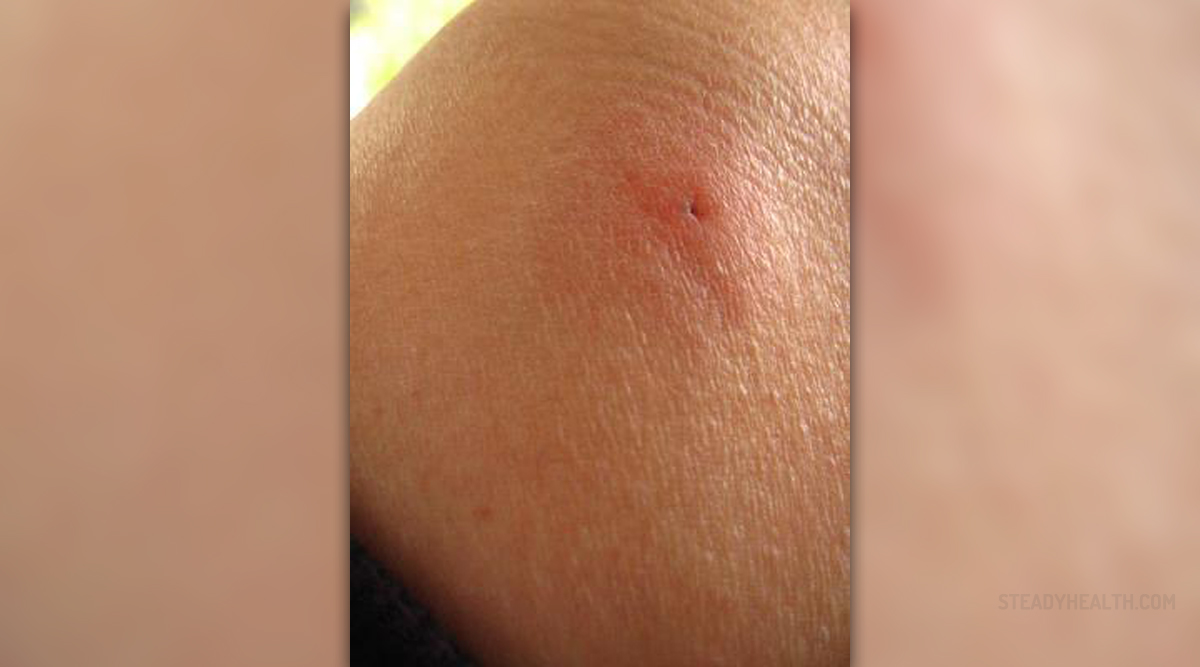
Deer ticks are tiny parasitic arachnids that attach themselves onto a host, which can be a bird or a mammal, and feed on its blood. Deer ticks can bite humans as well, and even though their bite is painless and generally harmless by itself, if the tick is infected, it can transmit a serious disease, like Lyme disease, relapsing fever, Rocky Mountain spotted fever, Colorado tick fever and ehrlichiosis. The kind of disease a tick can transmit depend on what it is infected with.
Symptoms of a deer tick bite
Contrary to popular belief, deer ticks do not jump onto their hosts from great heights. They usually wait on tree branches or in high grass, and when the host passes by, they fall, climb up, or grab onto the host and find a suitable place for feeding. Ticks prefer dark and moist areas of the body like the groins, armpits, and skin folds. The fact that these areas of the body are also ones people will not usually see very frequently gives tick bites the chance to go unnoticed quite often.
The mouth of a deer tick is shaped like a harpoon that plunges into the skin and holds it firmly. As long as the tick is feeding, it will inject saliva containing a mild painkiller substance, so the host will not be aware of its presence.
The skin around the tick bite site will slightly turn red and it may itch, although in many cases tick bites cause no sensation at all. Therefore, there are no specific symptoms of a deer tick bite, at least not unless you see the tick is still present and it is pulled out. When a person finds a tick attached to his or her body, they need to remove it as soon as possible.
How to remove a deer tick
It is important to be cautious when removing a tick, although it definitely should be removed immediately. Some people say that the tick should be yanked out, but this is wrong because its body can break and the head, with the harpoon, can stay inside the skin, leaking contagious saliva into the body.
Pouring different liquids on the tick is not recommended either, because some of them can make the tick sick so it "vomits" or expels toxic substances into the body of the host.
Some people will go as far as to say that the best thing to do is to have still attached ticks professionally removed by a doctor or a nurse, but for people who live in rural areas with a lot of ticks or come into contact with ticks during their work (any work outside in certain climates can cause this), that would mean visiting the doctor all the time. Those people who decide to remove ticks on their own should be very careful to hold the tick with tweezers and slowly pull it out, without twisting, as this sometimes recommended twisting option can also cause the tick to expel toxins.
Complications of deer tick bites
After the tick is removed, the site may appear similar to a mosquito bite, with slight redness, swelling, with a red bump with a tiny hole in the center, which can itch or cause mild pain.
Some deer ticks are infected and they can transmit the diseases mentioned above — Lyme disease can affect any tick anywhere in the world, but other lesser-known tickborne diseases may also be a risk for you. If the mark from the bite persists for several days, if the redness and swelling increases and if there are any systemic symptoms which may indicate one of those diseases, it is highly recommended to see a doctor.
Tick bite sites can sometimes develop a characteristic bullseye rash, wherein the inflammation around the bite has a circular red rash with a spot in the middle that resembles a bullseye. This is an early warning sign of Lyme disease, and an indication to visit your doctor.


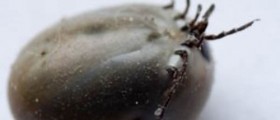
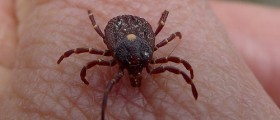
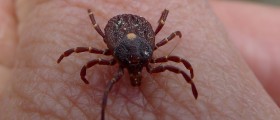
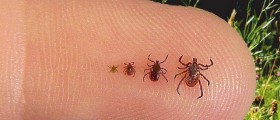
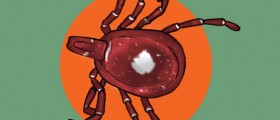


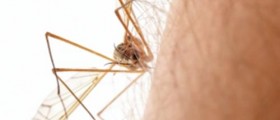


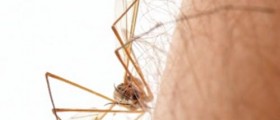
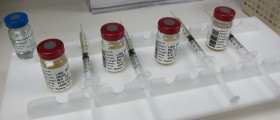


Your thoughts on this
Loading...